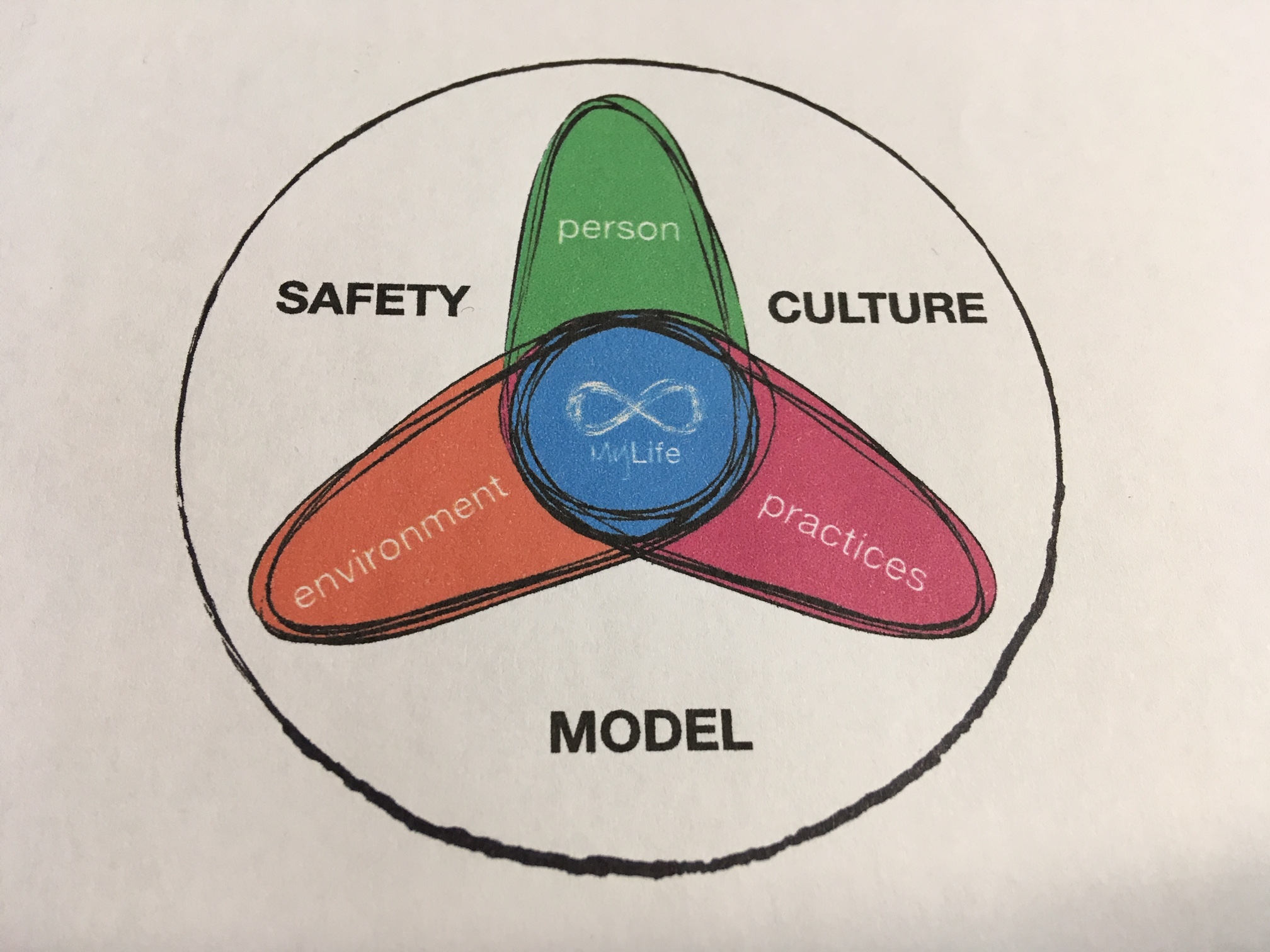Title Page
-
Contractor and Crew Number
-
Incident Date and Time
-
Task or Area of Site
- Driving Vehicle
- Manual Felling
- Mechanised Felling
- Truck Loading
- Fleet / Sort / Stack
- Hauler setup / shifting
- Breaking Out
- Backline
- Line / rope shifting
- Extraction
- Landing / QC
- Maintenance
-
Sale Area
-
HPI - High Potential Index - refer to the info below and choose the appropriate option
-
HPI - High Potential Index
HPI 0
Near hits - where there was a learning but NO immediate threat to persons or property
Property damage - of a minor nature
Other
HPI 1
First aid or Contact no injury
Near hits - where there was a learning and an immediate (but not Serious) threat to persons or property
Property damage - between $1,000 and $5,000
Hazard Advice - received
HPI 2
Non-notifiable event - a work related injury / illness has occurred resulting in time off or medical treatment that is below the notifiable threshold
Non-harm events - considered to be Serious close calls. Seconds / millimetres from a significant injury or outcome
Property damage - between $5,000 and $50,000
Safety Infringement Notices from RMF
HPI 3
Notifiable event
Property damage greater than $50,000
Vehicle accidents - injury or extensive damage
Notice issued on any RMF operation - under HSW Act (Improvement, Prohibition, Non-Disturbance)
-
Incident Type
- Near Hit
- Property Damage
- Hazard Advice
- Safety Infringement Notice
- Environmental Incident
- Other
-
Accident Type
-
Is this a Notifiable Event?<br><br>Meaning of 'notifiable event' - In this Act, unless the context otherwise requires, a notifiable event means any of the following events that arise from work:<br>(a) the death or a person; or<br>(b) a notifiable injury or illness; or<br>(c) a notifiable incident.
-
Has Worksafe NZ been notified?
-
Estimated number of lost days?
-
Name of injured person
-
Age of injured person
-
Gender of injured person
-
Is the injured person trained for task?
-
How long employed in the industry?
-
How long employed in this job?
-
Describe the injury - include left / right and front / back if applicable
-
Visibility - Choose all that apply
- Clear
- Dark
- Dust
- Fog
- Rain
- Sunstrike
- Twilight
-
Terrain
-
Temperature
-
Wind
-
Precipitation
-
What activity or task was being done at the time?
- Getting in and out of cab
- Breaking out - outhaul and walk in
- Breaking out - retreat and haul in
- Breaking out -stropping
- Extracting logs
- Manual tree falling
- Mechanised Tree Falling
- Fleeting / sorting / stacking
- Hauler driving
- Hauler setup / shifting
- Line rope / shifting
- Loading
- Log processing / skidwork
- Maintenance
- Poleman
- Rigging
- Rope renewal
- System change
- Travel
- Other
-
If 'Other', what activity or task was being done at the time?
-
What happened? Describe the incident (eg. rolled skidder, branch hit me, skidded off road, fuel spill). The more information the better.
-
Attach a photo to help explain
-
Main / secondary causes of the incident
Lack of concentration, lack of communication, improper position for task, work area layout / congestion, unsafe work method / procedure, lack of experience / training / knowledge, weather / wind, lack of supervision / guidance, fatigue / dehydration, ground conditions / undergrowth, poor visibility, working too close (SWZ), defective machinery, hazard not identified, improper use of machine / vehicle, gear - PPE / footwear / eyewear, other -
Describe the main cause of the incident (e.g. being outside the safe area, failed to notice hazard, tired)
-
Describe any secondary (underlying) causes
-
What has been / can be done to stop the incident happening again? (e.g. Hazard eliminated, new PPE)
-
If faced with the same situation again now, what actions would be taken differently?
-
Has the incident been discussed with supervisor, crew, employee?
-
Who was the incident discussed with and when? (e.g. date and was it morning tailgate, monthly meeting, one-on-one etc)
-
Incident report completed by
-
Incident report completed on













